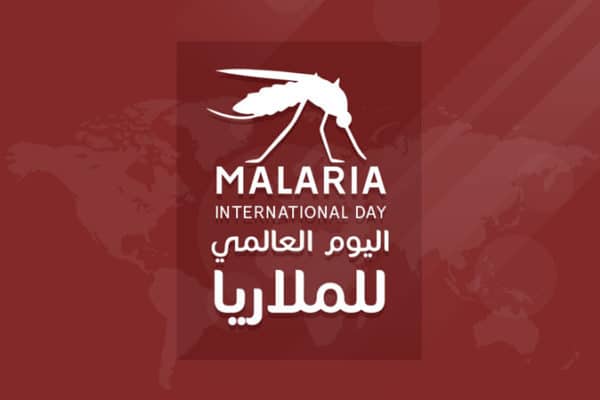
MALARIA DIAGNOSIS, TREATMENT AND PREVENTION OF INFECTION
A serious tropical disease transmitted by mosquitoes carrying Plasmodium parasites, were the female mosquitoes “Anopheles”, is the main carrier of the disease, and only one single bite of it is sufficient to transmit the infection to the bloodstream in the human body. Symptoms of the infection usually appear after seven days or more, such as headache, fever, chills, and vomiting.
In 2015, almost half of the world’s population faced the risk of malaria. Most cases were in Africa –South of Sub-Saharan Africa, but the Middle East was also experiencing cases of the disease.
Some population groups are at considerably higher risk of contracting malaria, these groups includes infants, children under five years of age, pregnant women and people with AIDS, as well as migrants who lack the necessary immunity, mobile populations, and travelers.
DIAGNOSIS AND TREATMENT
Early diagnosis and treatment of malaria are essential in alleviating the disease and preventing deaths as well as reducing its incidence. Treatment is diagnosed through a rapid diagnostic test by a microscope or a rapid diagnostic test that confirms the presence of the parasite. World Health Organization (WHO) recommends that symptom-based treatment can only be provided when the diagnosis confirming the presence of the parasite is not possible. The prescribed treatment and its duration depend on several factors, including the type of malaria infection, the severity of the symptoms, the place where the infection has been transmitted to the person, whether the person has used an antimalarial drug, and whether the infected woman is pregnant.
MALARIA PREVENTION
Knowledge of areas of Malaria prevalence is a key element in preventing infection when it is necessary to visit these areas, the most successful method in preventing Malaria infection is a vector borne control method, whether through the use of insect repellents, or residual spraying, also it is essential to avoid mosquito bites as much as possible by covering the arms and legs in full, and the use of mosquito nets saturated with insecticide when sleeping, as well as the use of anti-malarial drugs and consult with the doctor in the event of symptoms of infection starts to occur.
International efforts to combat and control Malaria have really paid off by circulating the first Malaria vaccine as confirmed by the World Health Organization (WHO). Vaccination is scheduled to become available in 2018. The Malaria vaccine, known as RTS, S, anti-Plasmodium falciparum, the most deadly Malaria parasite in the world, is the most prevalent in Africa. Clinical trials have shown that the vaccine provides partial protection against Malaria in young children and will be used in conjunction with other interventions to prevent and reduce the spread of Malaria.
SOURCES:
1- World Health Organization, WHO. (20 April 2018). Malaria [online] http://www.who.int Available at: http://www.who.int/ar/news-room/fact-sheets/detail/malaria
2- King Abdullah bin Abdulaziz Arabic Health Encyclopedia. (3 October 2016). [online] https://www.kaahe.org Available at:http://cutt.us/udhmed


